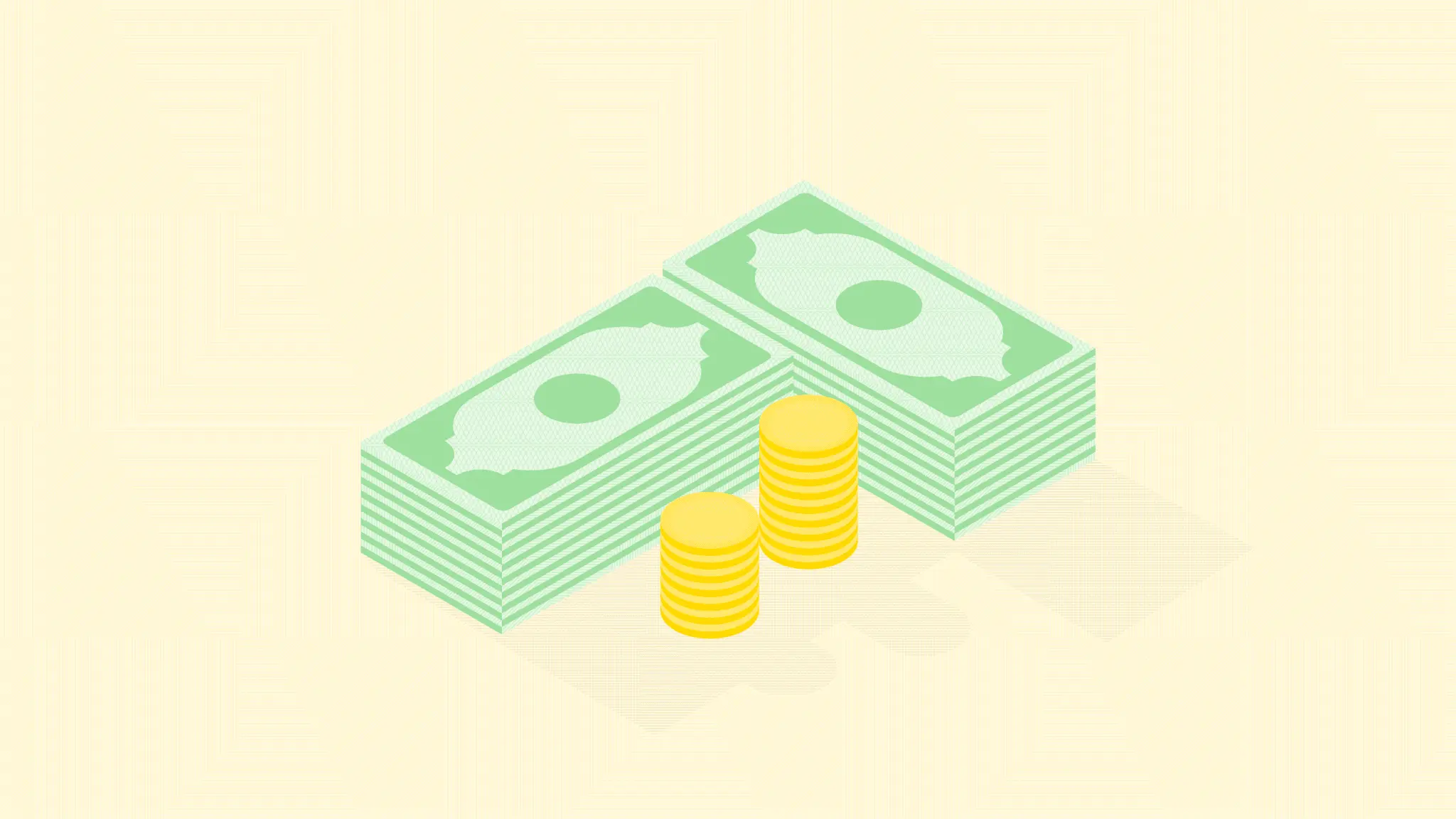
Mutual fund returns form the key reason why people invest in them. Right from the 18th century, when the first traces of mutual funds appeared in the Netherlands, investors have been about mutual funds for the returns. Despite this interest, many are still not clear on how the returns work. In this guide, I’ll break things down across the following sub-topics:
- What are mutual funds?
- How mutual funds work.
- Annual mutual fund returns.
- Capital gains mutual fund returns.
- How to start investing in mutual funds online
What are mutual funds?
Mutual funds serve as pools of investments; they bring together cash from various investors to be managed by professionals. The pooled cash is then invested by these professionals in asset types stated prior to the collection of funds.
Today, there are various types of mutual funds. But you just need to know five of them for a start:
Whatever fund one chooses it is important to understand how they work and how you earn returns on them. Finally, it is also important to understand what type of investor you are before you choose a fund.
>>Learn More: What type of investor are you?
How do mutual funds work?
To invest in a mutual fund, you do so by purchasing units of the fund. Think of it as paying to own a flat in a block of flats. Now, just as the amount of rent you generate will depend on the number of flats you own, so it is for each unit you own. Returns are paid to you based on the number of units you own in a mutual fund.
For the big question, how does each unit of mutual fund earn? There are two broad ways:
- Daily payment of annual returns.
- Capital gains from price changes of units.
You do not need to stress your head about understanding how this works. Over the next two sub-topics, I’ll explain in detail without any complexities.
Annual mutual fund returns
This form of return is closely associated with money market funds. Since most of them invest majorly in instruments like treasury bills, their returns are quite stable and annualized. For example, a money market fund can have a rate of 10% per annum. If so, you will earn a daily breakdown of that each day.
Here’s what I mean, the rate of 10% per annum is divided by 365 each day and paid on your available balance. Yes, it is that simple. Let’s take things a little bit further. If the rates improve to say 11% per annum in 2 days and stay that way for 30 days, you will earn a daily breakdown of that also.
In summary, your balance in a mutual fund grows every day based on additions from the daily breakdown of the annual rate. However, it is important to note that these returns are compiled and paid out in bulk every quarter. Think of it as a quarterly salary. So, if you withdraw your balance before the payout date, accumulated returns will remain kept till then.
>>Start Earning: Get quarterly payouts with money market funds
Capital gains mutual fund returns
These apply more to funds like equity funds, bond funds, and halal funds. Funds that make use of this earning approach usually fall between the moderate and high-risk categories. As the name suggests, it is simply about when your capital gains money and works in three ways:
- The assets invested in by these funds pay out dividends; on shares or bonds. When such happens, the fund manager can decide to distribute these amongst investors.
- The prices of the stocks/bonds a fund invests in can increase. When that happens, the price of each unit also increases. In such cases, the fund manager can decide to sell the assets and payout gains from the price increase.
- As an individual, if you notice a jump in unit prices you can choose to sell and claim your gains.
A dividend is the payout of some of a company’s earnings to a class of its shareholders or the payout of promised returns on bonds to bondholders
? Quick Tips
- A great way to track capital gains is by paying attention to the unit prices of funds that invest in either stocks or bonds.
- If the unit price of a bond fund was ₦500 when you bought it in January, and ₦600 12 months after you have gained ₦100 per unit (or 20%).
- This 20% gain is known as YTD (Year-to-Date) returns. That is the gains on the fund from January till date.
Are you feeling like an expert already? You have earned the right to feel that way. Let’s wrap this up with how to start investing in mutual funds.
How to start investing in mutual funds online
- Visit the various sites of fund managers
- Make your research
- Choose your preferred funds and start investing
Or
Visit our collection of mutual funds (the largest in Nigeria) from various fund managers, get matched with the best-fit funds, and start investing in 5 minutes.
RELATED

Thanks so much for the further clarification. Well, I already started investing on the app and it feels so great that even did a few screenshots. ??
What’s the least amount one can start investing with?
What’s the least amount someone can start with , and what is the profit on it per month?
What’s the least amount of money one can start investing with?
When was cowrywise established, and who are the founders.
I’ve been saving on my cowry and I’m not given an interest. Why??
What’s the least amount someone can start with , and what is the profit on it per month?